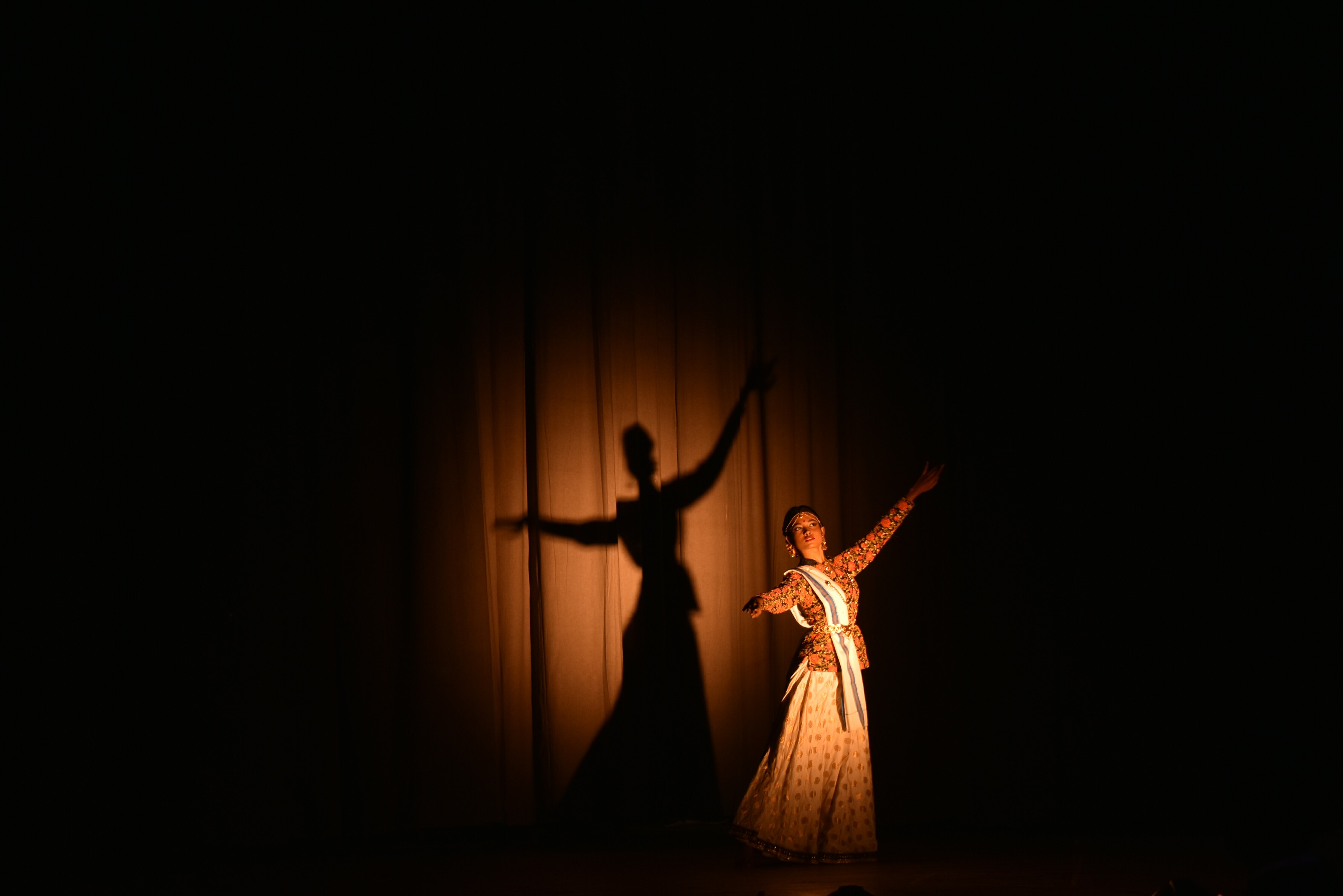Cultural diversity is defined as the quality of diverse or different cultures, as opposed to monoculture, the global monoculture, or a homogenisation of cultures, akin to cultural evolution.
The term “cultural diversity” can also refer to having different cultures respect each other’s differences.
The term “culturally diverse” is often used interchangeably with the concept of “multiculturalism.”
It is used to mention the variety of human societies or cultures in a specific region, or the world as a whole. It refers to the inclusion of different cultural perspectives in an organisation or society.
Indians moving to Australia was the largest overseas migrant cohort in the past decade and have now supplanted China as the second-biggest diaspora living Down Under, according to recent data. According to the new census data, Australia’s demographics are changing rapidly and it is becoming increasingly culturally diverse. Australia has a unique history that has shaped the diversity of its peoples, their cultures and lifestyles today.
From 2011 to 2021, Indian-born migrants rose by 373,000, followed by 208,000 from China and 118,000 from the Philippines, Australian Bureau of Statistics data showed Tuesday. As a result, Indians now account for 2.8% of the population, compared with China’s 2.3%, while Brits lead with 3.8%.
Importance Of Cultural Diversity :
Cultural diversity is important because our country, workplaces, and schools increasingly consist of various cultural, racial, and ethnic groups.
We can learn from one another, but first, we must have a level of understanding about each other. Learning about other cultures helps us understand different perspectives within the world in which we live. It helps dispel negative stereotypes and personal biases about different groups.
In addition, cultural diversity helps us recognise and respect “ways of being” that are not necessarily our own. So that as we interact with others we can build bridges to trust, respect, and understanding across cultures.
Furthermore, this diversity makes our country a more interesting place to live in. As people from diverse cultures contribute language skills, new ways of thinking, new knowledge, and different experiences.
Sociologist Dr Caleb Rosado, who specialises in diversity and multiculturalism,
described seven important actions involved in the definition of multiculturalism:
- recognition of the abundant diversity of cultures;
- respect for the differences;
- acknowledging the validity of different cultural expressions and contributions;
- valuing what other cultures offer;
- encouraging the contribution of diverse groups;
- empowering people to strengthen themselves and others to achieve their maximum potential by being critical of their own biases; and
- celebrating rather than just tolerating differences to bring about unity through diversity.
Now let’s look at how Indian migration is making Australia more culturally diverse :
- Deeper Understanding and Acceptance
With the large influx of the Indian population working and living in Australia, the locals have the privilege of gaining more understanding about people and backgrounds from all over. This also contributes to the diversity of thought and perspectives that make interactions more interesting and dynamic.
2. Enhanced Empathy and Compassion
Interacting with Indians and other migrants who have diverse practices, beliefs, life experiences, and cultures also promotes empathy. While you can never fully understand someone’s life without being them, you can learn, listen, and understand. This goes a long way towards uniting the population of the country and promotes the intermingling of nationalities.
Compassion in society is seen in how people interact with each other, between communities and across nationalities. People are compassionate and can see things from someone else’s perspective. Instead of being judgemental or dismissive, they are understanding.
This quality arises from living and working alongside people from different cultures. Compassion reduces conflicts and helps in the building of a better living environment for all.
3. Improved Ties Between Australia and India
Increased cultural links with India have also proven useful in growing our international trade between India and Australia, greatly benefitting both countries.
The surge in the Indian population has greatly benefitted and boosted the economic growth of Australia. Indian migration has boosted the working-age population of the country.
The migrant Indian population in Australia has brought an array of skills and contributed to the human capital development of Australia.
Migrants have also contributed to technological progress by bringing in a range of highly skilled workers including researchers, scientists, doctors etc.
4. Reduction in Racism and Discrimination
By enjoying a more culturally diverse society, it is often found that people then spend more time in their daily lives with people from cultural backgrounds that they are often never exposed to.
The result of this is that they learn new cultural insights and this, in turn, reduces negative emotions towards minorities. This in turn leads to a drastic reduction in the evils of society such as racism, homophobia, sexism etc.
With the growing immigrant community, namely the Indian community, there has been a massive shift in mindsets and a drastic reduction in racism and discrimination.
Culture encompasses the beliefs, values, norms and behaviours of people. Cultural elements may include; languages, what and how people eat, festivals, rituals and pastimes.
Australia has gained a reputation for being a melting pot of cultures and a place where immigrants can come, feel safe and welcome and build a life for themselves.
It is evident that over the years, Australia as a nation, as an economy and as a culture has benefitted immensely from the introduction of Indians and all that they bring





